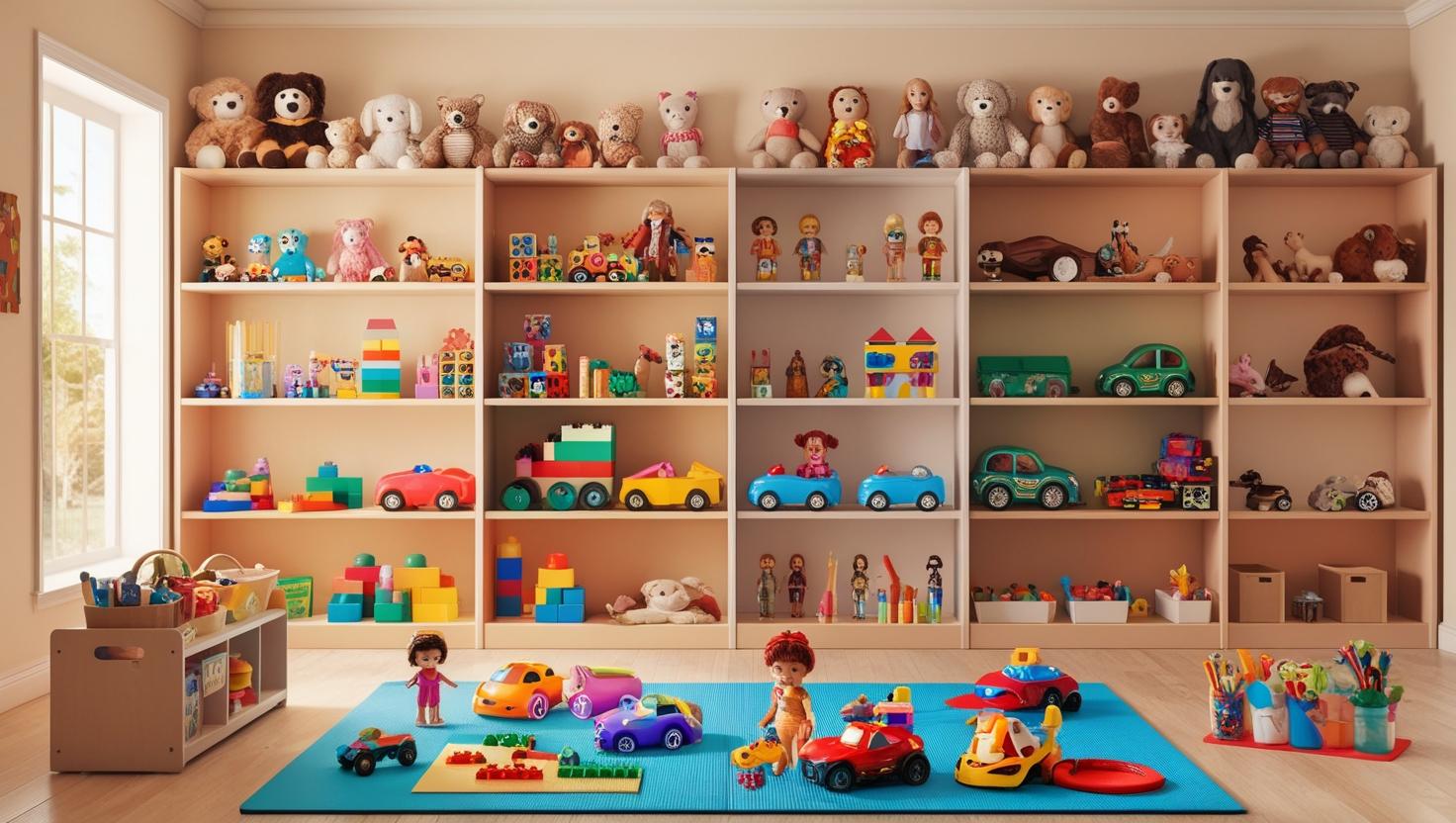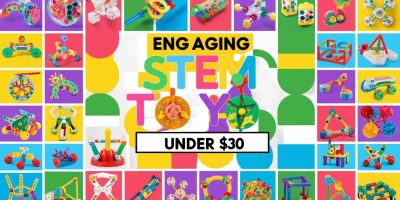You don’t always need a fancy robot or a pricey chemistry kit to teach STEM at home. In fact, many of the toys your child already plays with can become powerful tools for learning — with just a little creativity and guidance.
This guide will help you transform everyday toys into STEM-rich experiences that support problem-solving, critical thinking, and curiosity. Whether your child loves LEGOs, dolls, cars, or even slime, there’s always a way to tie it back to science, technology, engineering, or math.
What Is STEM Learning, Really?
STEM stands for Science, Technology, Engineering, and Math, but it’s more than just memorizing facts. True STEM learning happens when kids:
- Ask questions
- Solve problems
- Test ideas
- Make predictions
- Learn through hands-on exploration
So, instead of focusing on what the toy is, focus on how it’s used.
1. Use Building Toys to Teach Engineering Principles
Toys like LEGOs, magnetic tiles, blocks, and even stacking cups can teach:
- Structural design: Build a bridge or tower and test its stability.
- Engineering challenges: “Can you build something that holds a book?”
- Measurement: Use a ruler to measure length, height, or width.
- Cause and effect: What happens when weight is unevenly distributed?
STEM Twist: Ask your child to create a blueprint before they build — introducing them to design thinking.
2. Turn Doll Play Into Human Biology and Problem-Solving
Dollhouses and action figures can be used to explore:
- Body systems: Talk about muscles, bones, or the brain.
- Problem-solving: “What should the doll do if the bridge is out?” or “How can she fix the broken elevator?”
- Simple machines: Create pulleys or levers for the dolls to use.
STEM Twist: Build simple furniture from cardboard and tape, exploring concepts like balance and support.
3. Add STEM Questions to Car and Vehicle Play
Toy cars, trains, or planes are perfect for:
- Physics: Ramp experiments to test speed, friction, and angles.
- Math: Count how many cars fit in a line or sort by color or size.
- Engineering: Build garages, tracks, or obstacle courses.
STEM Twist: Create a race and chart which car goes farthest on different surfaces (tile vs. carpet).
4. Use Craft Toys to Introduce Chemistry and Art-Tech
Play-Doh, slime kits, and painting sets can support:
- Chemical reactions: Mix baking soda and vinegar for fizzy fun.
- States of matter: Discuss solids, liquids, and gases.
- Color theory and symmetry: Great for merging art and math.
STEM Twist: Try making DIY slime while explaining polymers and safe chemical mixing.
5. Make Puzzles and Board Games STEM-Rich
Even classic games can promote STEM thinking:
- Math: Games like Uno or Monopoly involve numbers, strategy, and probability.
- Logic: Puzzles and mazes boost critical thinking.
- Pattern recognition: Sorting, matching, and predicting sequences.
STEM Twist: Create your own board game using cardboard and dice. Let your child design the rules!
6. Create Experiments With Everyday Toys
Let your child pretend they’re a scientist:
- Use stuffed animals for mock “checkups” and talk about anatomy.
- Have a LEGO character go on a mission that involves physics challenges.
- Set up a “lab” and record weather or grow a plant from seed.
STEM Twist: Keep a “STEM Journal” where your child records their predictions, drawings, and observations.
7. Ask Open-Ended Questions During Play
The most powerful STEM tool? Your voice.
Instead of telling your child what to do, ask:
- “What do you think will happen if…?”
- “Can you find a better way to build this?”
- “Why do you think that didn’t work?”
- “How could we solve that problem another way?”
This simple shift turns passive play into active learning.
Final Thoughts
You don’t have to buy specialized STEM toys to raise a little scientist or engineer. All it takes is curiosity, a growth mindset, and a little intentionality. By asking thoughtful questions and offering fun challenges, you can turn almost any toy into a learning opportunity — and you might just inspire a lifelong love of discovery in the process.





